A Map So Big It Blocks the Sun
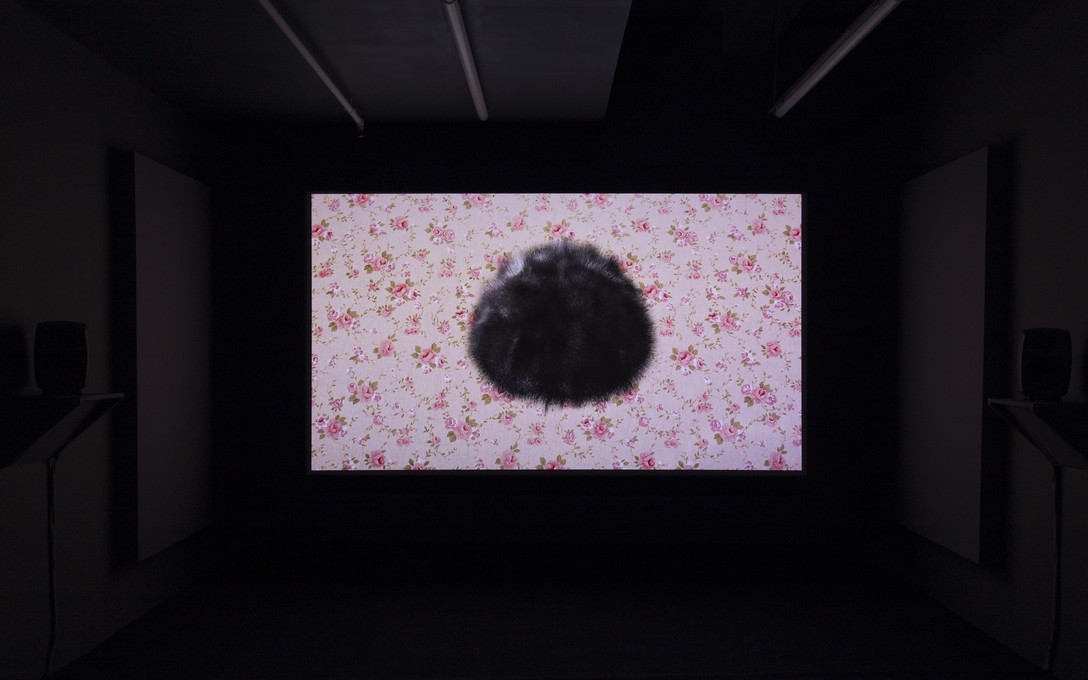
Quentin Lind, A Map So Big It Blocks the Sun, 2023. Courtesy of Cheska Brown.
archived
24 Nov
2023
–
3 Feb
2024
Quentin Lind
A Map So Big It Blocks the Sun is a new film by Quentin Lind, taking Jorge Luis Borges' short story On Exactitude in Science as a starting point. Borges’ 1946 story was partly influenced by a novel by Lewis Carroll Sylvie and Bruno Concluded (1893), in which a character notes that they made a map on a mile to mile scale, but they have not yet used it, as farmers objected due to concerns it would cover the entire country and block out the sunlight. Instead, they “now use the country itself, as its own map, and I assure you it does nearly as well.” Those in Borges’ story similarly pursued ‘perfection’ in the form of a 1:1 scale map. Their descendants “were not so fond of the Study of Cartography as their Forebears” and saw no need for it. Readers of both stories are required to have a wry sense of humour in the face of impending horror.
At the beginning of the film, Lind recounts a childhood memory of himself and his sister peeking under the bed to discover an orange sized, furball like creature—black, with long uniform ‘fur’ sticking up on its end. This unsettling, mundane memory sets the scene for the rest of A Map So Big It Blocks The Sun. The film is not a grotesque horror, but one more comfortable in Aotearoa, with our typical understated attitude.
Lind shot this film at night, when fears that seem silly in the daylight suddenly become serious. Driving around in the dark, washing clothes, moving between the front yard and the house. Nightly rituals with little oddities—pouring candle wax on clothes outside—that reference gothic literature and magic. Even in the face of potential danger, our instincts to just do something in response are often suppressed. A stark white shirt placed on a hanger, suspended on the back of a bedroom door—innocuous, but enough to cause a moment of panic. The light is turned on and nothing seems amiss. Back to bed it is.
The house is a place ripe for haunting. Lind notes that his whānau were living in Taranaki at the time he and his sister found the furball. It is a location with a very dark history, where the ghosts of colonialism roam free. Land here was mapped, divided, stolen and gifted to settlers. The horrors that were unleashed upon Taranaki iwi were racist and capitalist in nature.
Esteemed academic Ranginui Walker declares that
One of the unresolved contradictions of capitalism is the cycle of boom and depression. The decade of 1880 was one of depression, and the politicians’ panacea to unemployment was ‘back to the land’ — Māori land.
The surveyors' maps were an essential part of the raupatu. Lind notes that “capitalism is essentially not just remaking social relations and relations to production but also remaking what it means to be a person.” What does it mean to be a person? According to Adrian Parr, people are not free, but are autonomous. The people in both On Exactitude in Science and Sylvie and Bruno Concluded ultimately chose to disregard large scale maps. Their response to the pursuit of perfection among the revolutionising of map production was one of bemused horror.
Roughly halfway into the film, we get to see a visual manifestation of the furball. It floats midair, in front of pink floral wallpaper. Ironically pulsating with life, considering the fact that the black mold which it represents can cause asthma symptoms to worsen, particularly in the young. As it breathes, the background sounds get sharper and the light gradually fades. Time has become a spiral.
CLICK HERE TO DOWNLOAD THE FULL EXHIBITION TEXT
Past Event
Film Screening: Cushla Donaldson & Quentin Lind, Neighbourhood of Truth, 2021
Enjoy is excited to host a special one night screening of Neighbourhood of Truth (2021) by Cushla Donaldson and Quentin Lind.
More info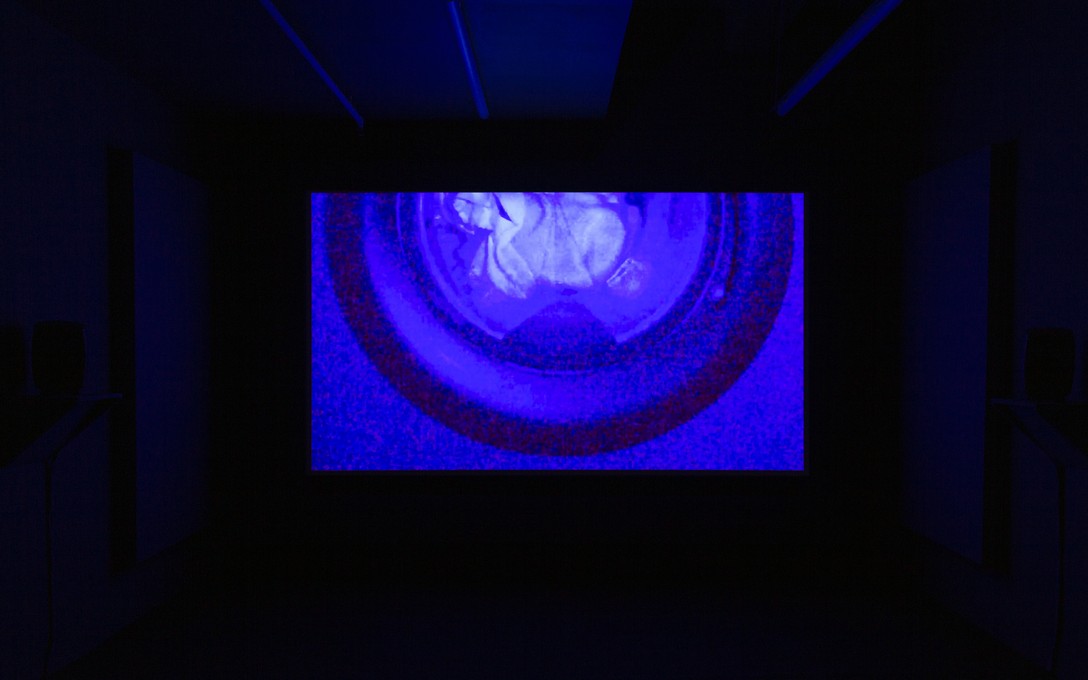
Quentin Lind, A Map So Big It Blocks the Sun, 2023. Courtesy of Cheska Brown.
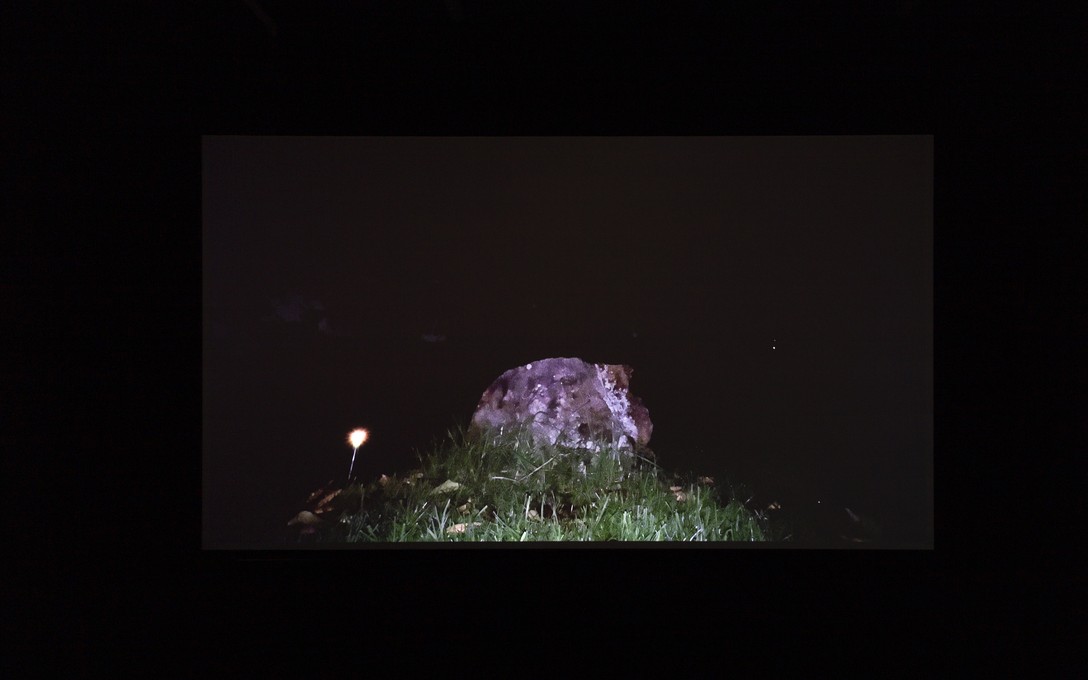
Quentin Lind, A Map So Big It Blocks the Sun, 2023. Courtesy of Cheska Brown.
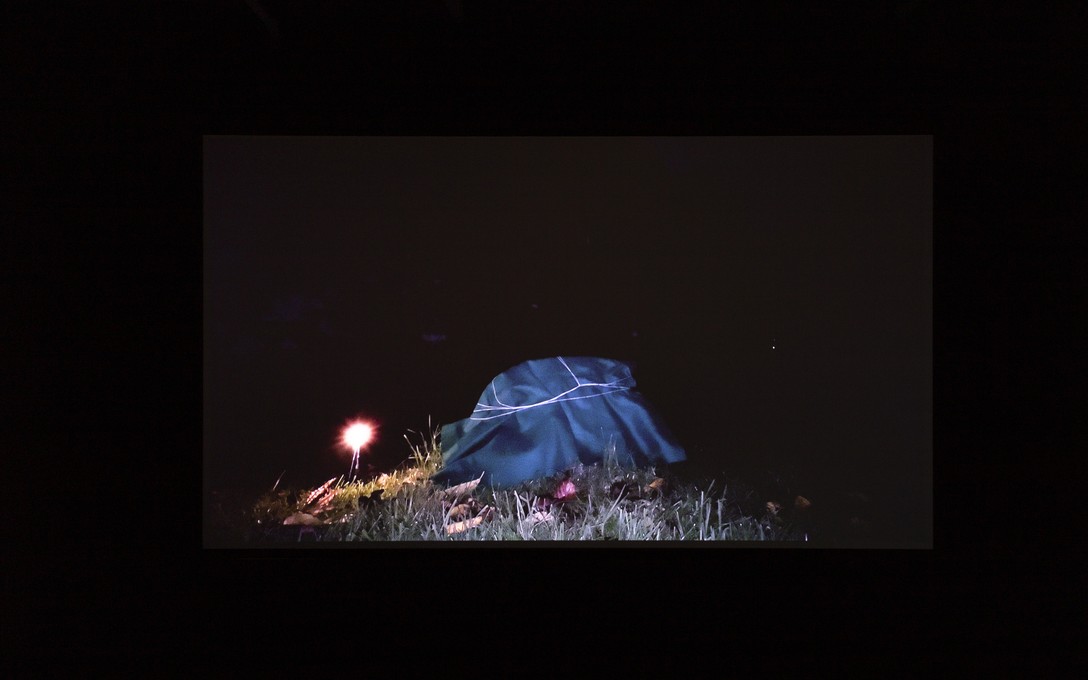
Quentin Lind, A Map So Big It Blocks the Sun, 2023. Courtesy of Cheska Brown.
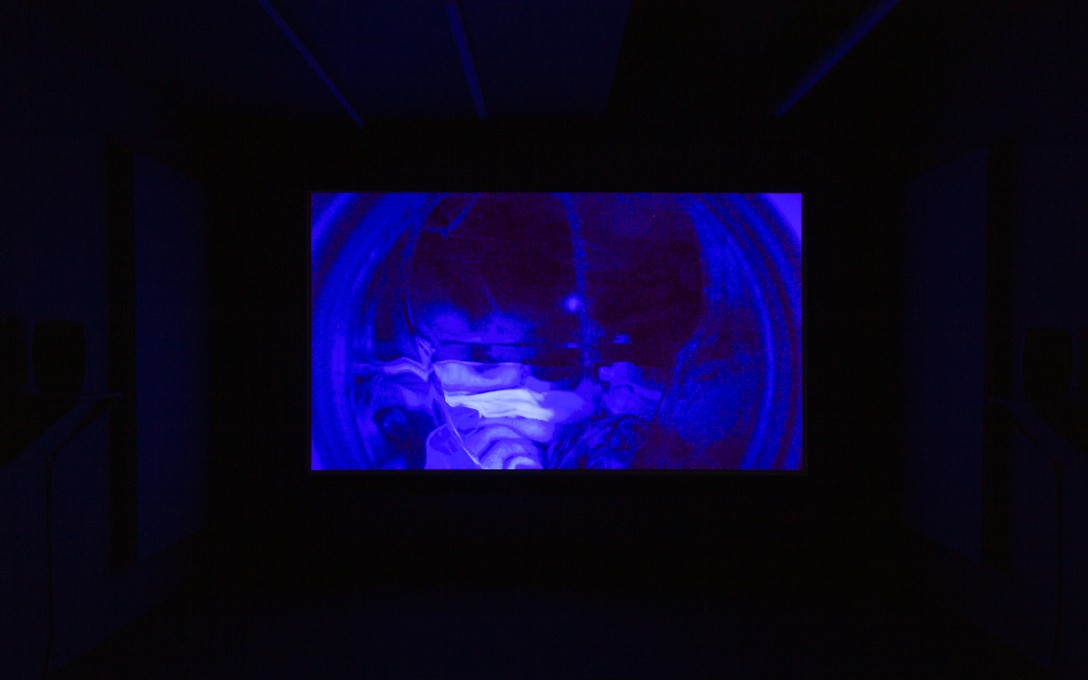
Quentin Lind, A Map So Big It Blocks the Sun, 2023. Courtesy of Cheska Brown.
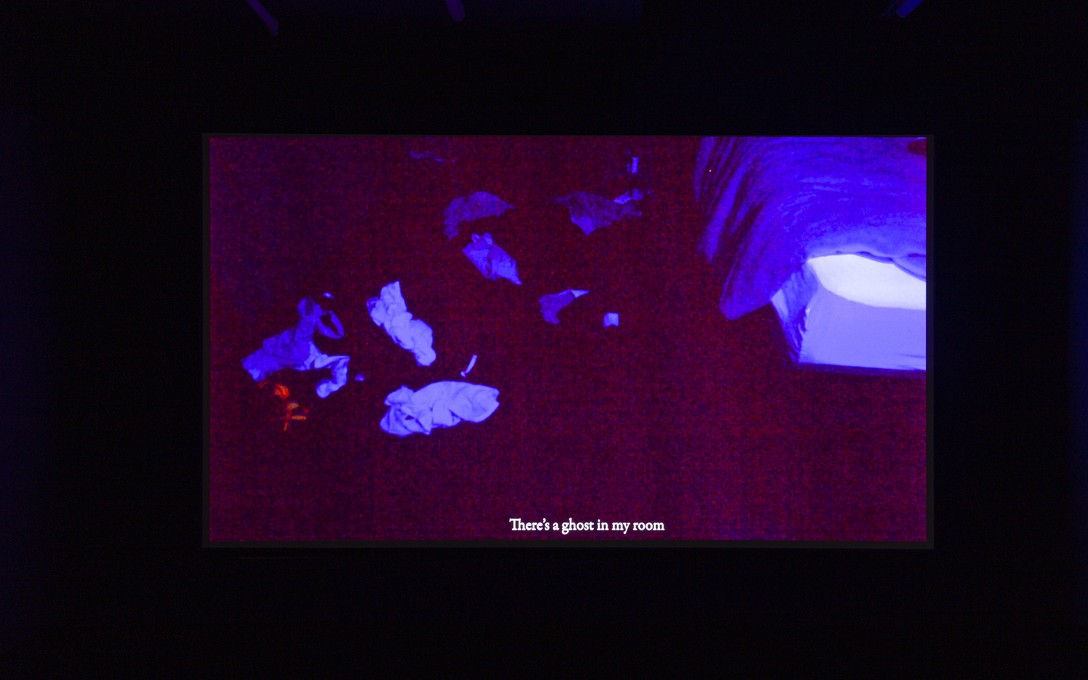
Quentin Lind, A Map So Big It Blocks the Sun, 2023. Courtesy of Cheska Brown.
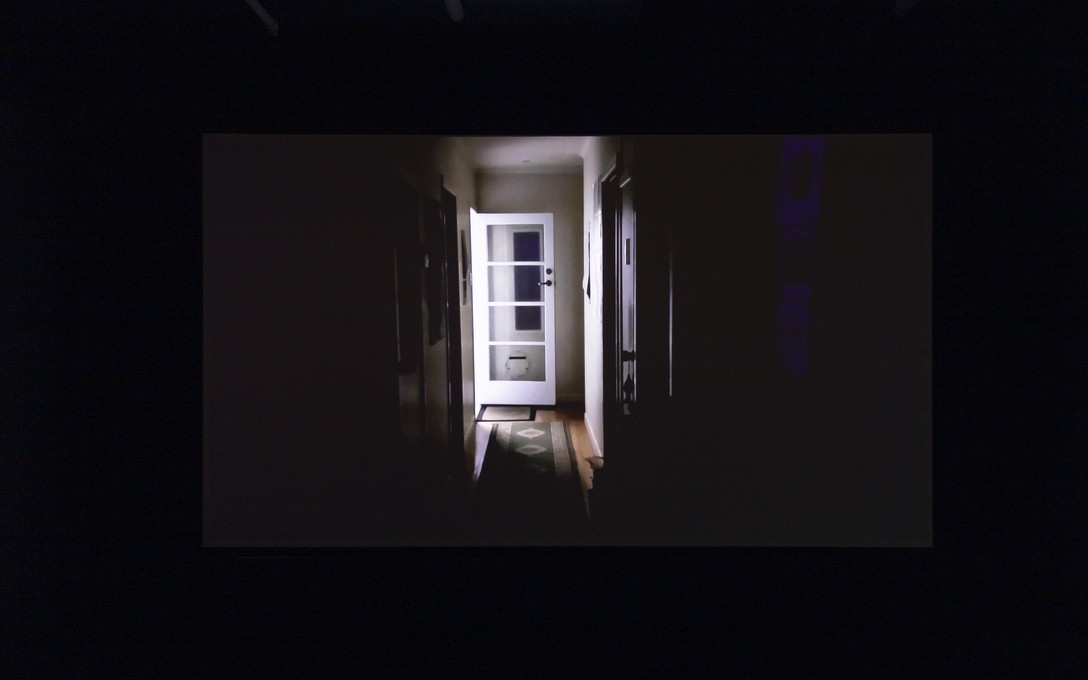
Quentin Lind, A Map So Big It Blocks the Sun, 2023. Courtesy of Cheska Brown.
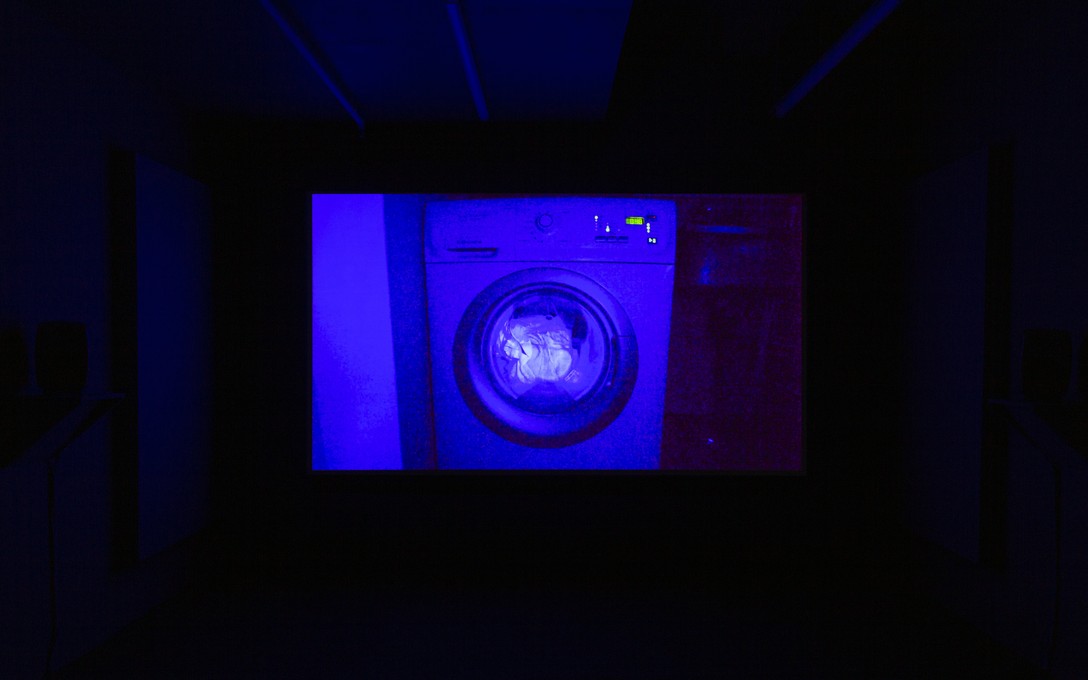
Quentin Lind, A Map So Big It Blocks the Sun, 2023. Courtesy of Cheska Brown.
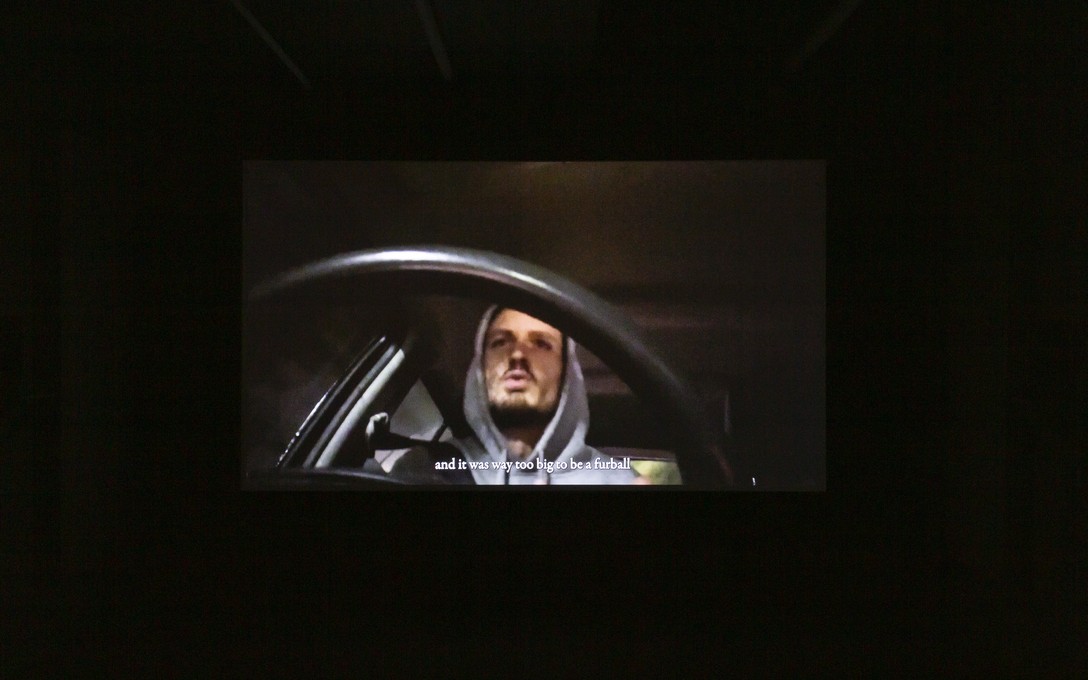
Quentin Lind, A Map So Big It Blocks the Sun, 2023. Courtesy of Cheska Brown.

Quentin Lind, A Map So Big It Blocks the Sun, 2023. Courtesy of Cheska Brown.
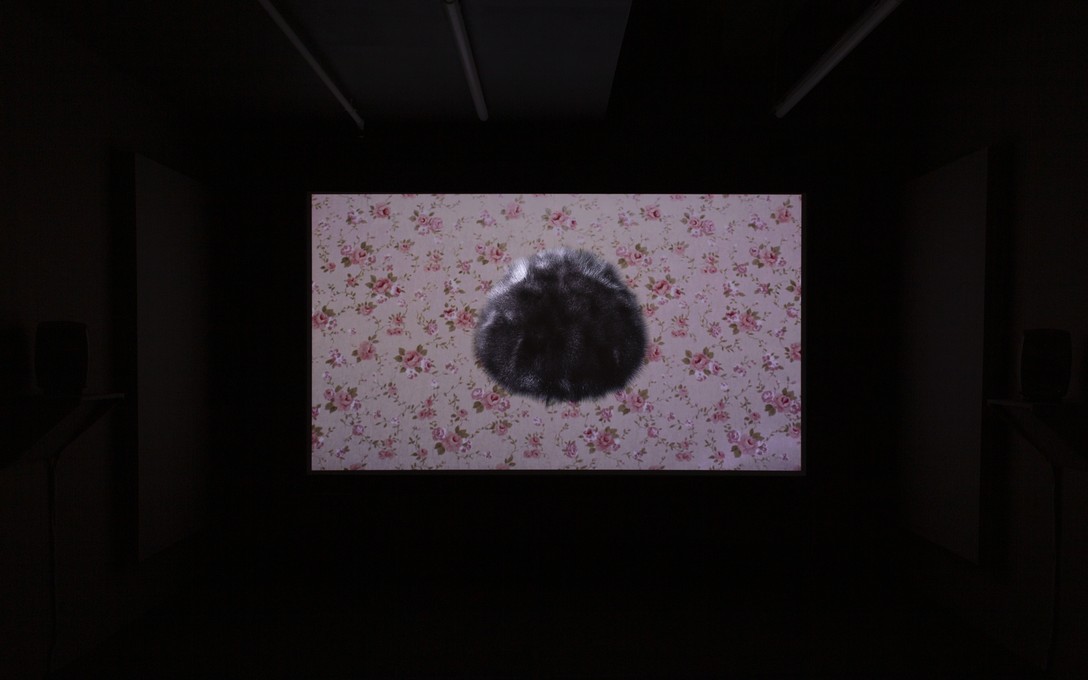
Quentin Lind, A Map So Big It Blocks the Sun, 2023. Courtesy of Cheska Brown.
Quentin Lind is a Manukau born, Manawatu raised artist. His work examines geographic identity and is heavily influenced by visual and cultural languages specific to the city he grew up in. Lind completed his Master of Fine Arts in 2016, at Elam School of Fine Arts.
